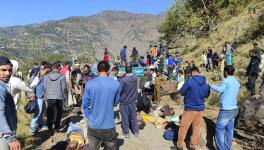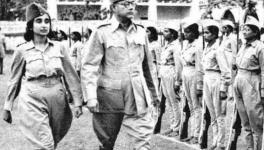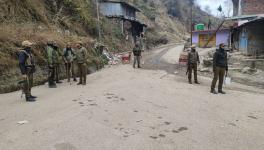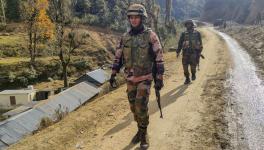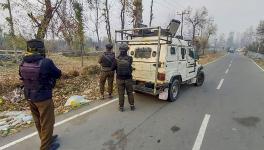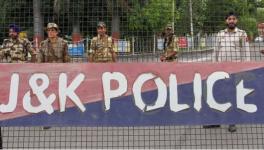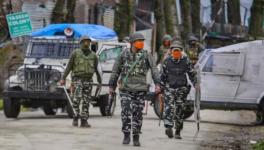Blinded by Revenge: Ceaseless Ceasefire Violations
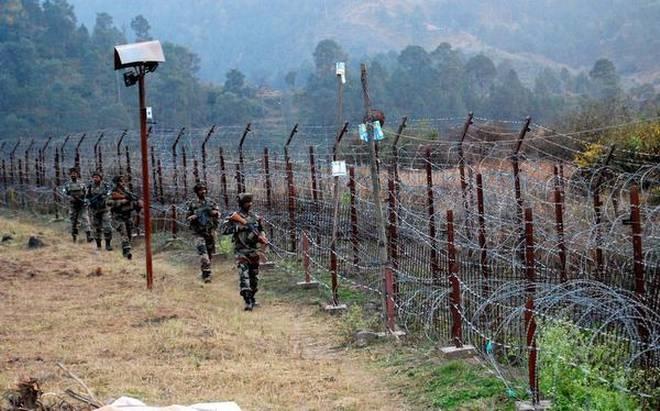
Two days after four Indian soldiers, including a Major, were killed in the Keri sector of Rajouri on December 23rd, the Indian Army announced that in a “tactical strike” which took place on December 25th, about 200-300 meters inside in Rukh Chakri sector in Rawalkot of Pakistan held Kashmir, three Pakistani soldiers were killed and a fourth injured. The propaganda was reminiscent of what followed the so called “surgical strike”. If such strikes are seen as mark of a muscular approach and the license given to field commanders to decide at their level to stage such strikes then there has to be a purpose behind this and objective to achieve. Trouble is that there is no clear objective and it is clear from all evidence that the cynical rulers of the two countries are willing to sacrifice lives of their soldiers in the service of narrow political gains. As the ‘body count’ rises and diplomatic contacts are at their lowest, the possibility of gaining an advantage over Pakistan, diplomatically or militarily, appear remote.
Since the September 28-29 2016 “surgical strike” ninety personnel of India’s armed forces have been killed. Thirty of them died in sixteen incidents in first five months after that. In Jammu and Kashmir data available upto December 17, 2017 shows that fourteen civilians and 23 armed forces personnel were killed this year in ceasefire violations. Violations of CFL rose from 152 in 2015 and 228 in 2016 to 820 in 2017. Pakistan claimed that India had violated CFL 1300 times and killed 52 of its nationals and injured 175. So there have been casualties on both sides for no reason other than squaring the pitch, a kill for a kill. The Indian Army Chief Bipin Rawat recently boasted that Indian Army through such acts has “sent a message” to the other side. It appears that “message” got lost somewhere along the way because the body count is still rising. Consider the fact that in three years of Narendra Modi’s rule, in the period covering June 1, 2014 to May 31, 2017, casualties among soldiers increased to 191, from 111, a rise of 72 per cent from the preceding three years June 1, 2011-31 May 2014. Another way of looking at it is to note that between 1989 to September 2017 no less than 3500 personnel of armed forces and 1622 police have been killed, and continue to get killed in a conflict which shows no sign of ending anytime soon.
So contrary to all the laudatory words spoken or written about Narendra Modi government’s foreign and security policy vis a vis neighbor Pakistan, on the ground it appears as utterly useless. To allow for an approach which results in killing soldiers at regular interval, whose ‘martyrdom’ is projected as mark of India’s ‘resolute action’ is evidence of absence of good sense. It is this which is packaged and delivered to us as success. Take for example the argument that Indian Army’s “Operation All Out” and National Investigation Agency’s case against Kashmiri leaders and others has changed the ground situation. The death toll of 203 militants, the highest in last seven years as well as more than two scores of top militant commanders eliminated up to December 25, 2017 seemed to be evidence of that. Had this been of consequence then the appointment of “special representative” should have heralded an overwhelming response from Kashmiris. Yet, every interaction is choreographed with large number of inconsequential groups brought for meetings even as media is disallowed now from covering the meetings. The recent third visit of special representative evoked lukewarm interest in Baramulla and Kupwara districts.
Also, the “low intensity conflict” in Jammu and Kashmir shows no signs of abating. Fatima, mother of 17 year old Irfan Ahmed of Tral who appealed to her son to return home recently reminded the Army that their policy is senseless. “When one boy becomes shaheed (martyr) ten more rise up in his place. What is the need of the Army to kill so many people?” [“Calling them Back” Basharat Masood and Mir Ehsan, Sunday Express 24th December 2017].
Police data shows that in 2017, at least 117 left home to join militancy. While the Director General of Police J&K played down the numbers, a senior police officer told Kashmir based media on December 25th that not all parents report their wards as “missing”. So there could be many who have joined militant ranks whose parents are reluctant to report them as gone because they support their decision. More significantly, he said that what is different about these young men today is their ideological motivation is far superior compared to militants of yesteryears. The point is that there is no dearth of recruits for militancy. Their numbers may be small, however, it is still considered a serious threat because a low intensity conflict is resilient and can carry on for long.
The twin pillar of Government’s policy has been a harsh crackdown in Kashmir and a “tit-for-tat” military approach to Pakistan. If the idea was to take war closer to Pakistan and the Kashmiris who espouse idea of ‘Azaadi’ from India, and inflict such damage and costs that they resile from militancy then it is apparent that it has not succeeded. Instead revenge and celebration of ‘tit-for-tat’ in India has become a means for quenching blood-thirst of the jingoists in India but as the body count keeps mounting the futility of pursuing policy of military retribution become all too apparent. Because, this very approach is the best guarantee for perpetuation of armed conflict as well as maintaining diplomatic impasse with Pakistan and no-talk stance towards Kashmiris. This brings to mind what Clasusewitz reminded us about war/ armed conflict that they are “dependent on the interplay of possibilities and probabilities, of good and bad luck, conditions in which strictly legal reasoning often plays no part at all and is always apt to be a most unsuitable and awkward intellectual tool”. It appears that what is ‘unsuitable and awkward’ is the preferred tool of BJP-RSS government.
Get the latest reports & analysis with people's perspective on Protests, movements & deep analytical videos, discussions of the current affairs in your Telegram app. Subscribe to NewsClick's Telegram channel & get Real-Time updates on stories, as they get published on our website.









